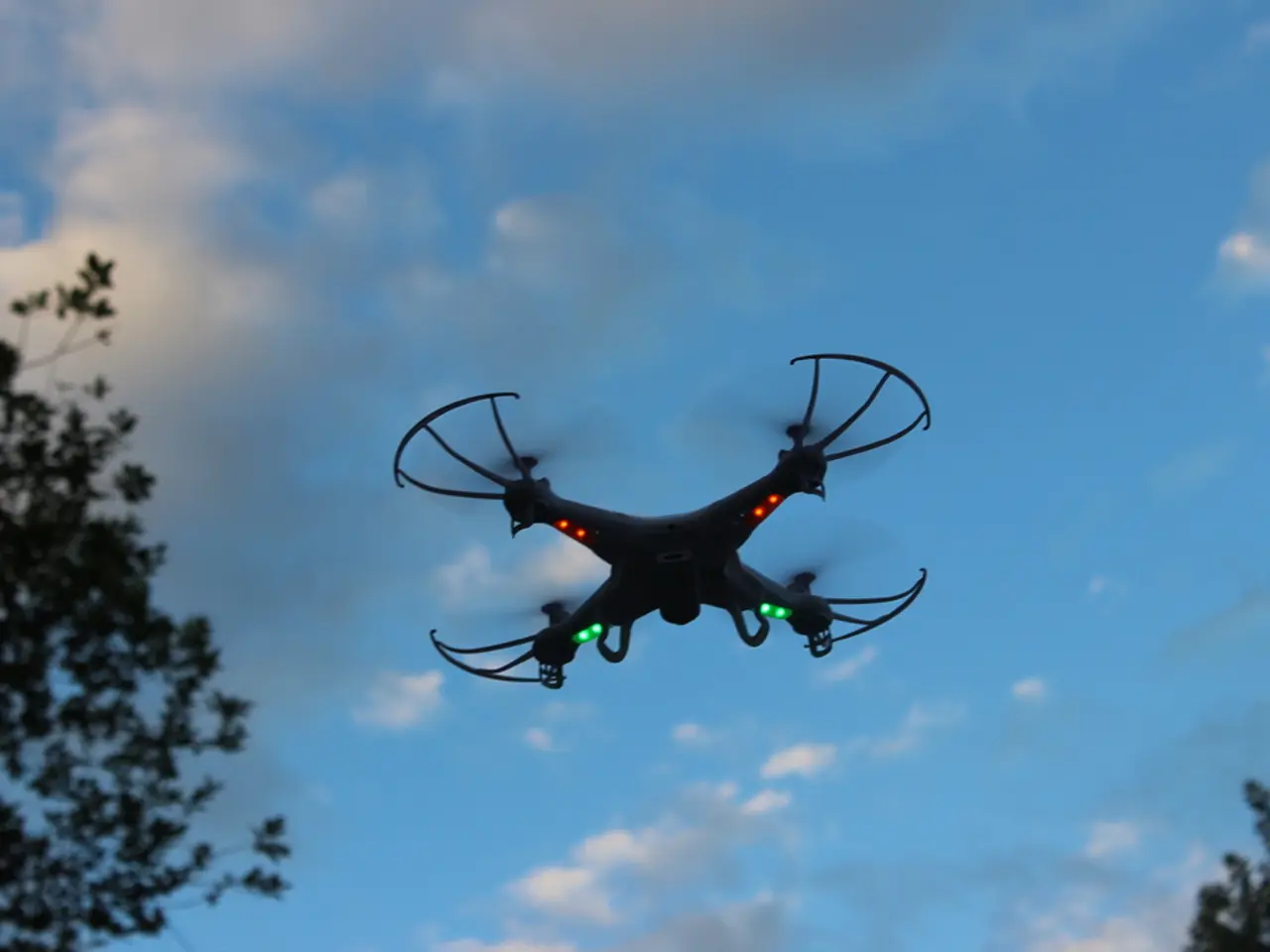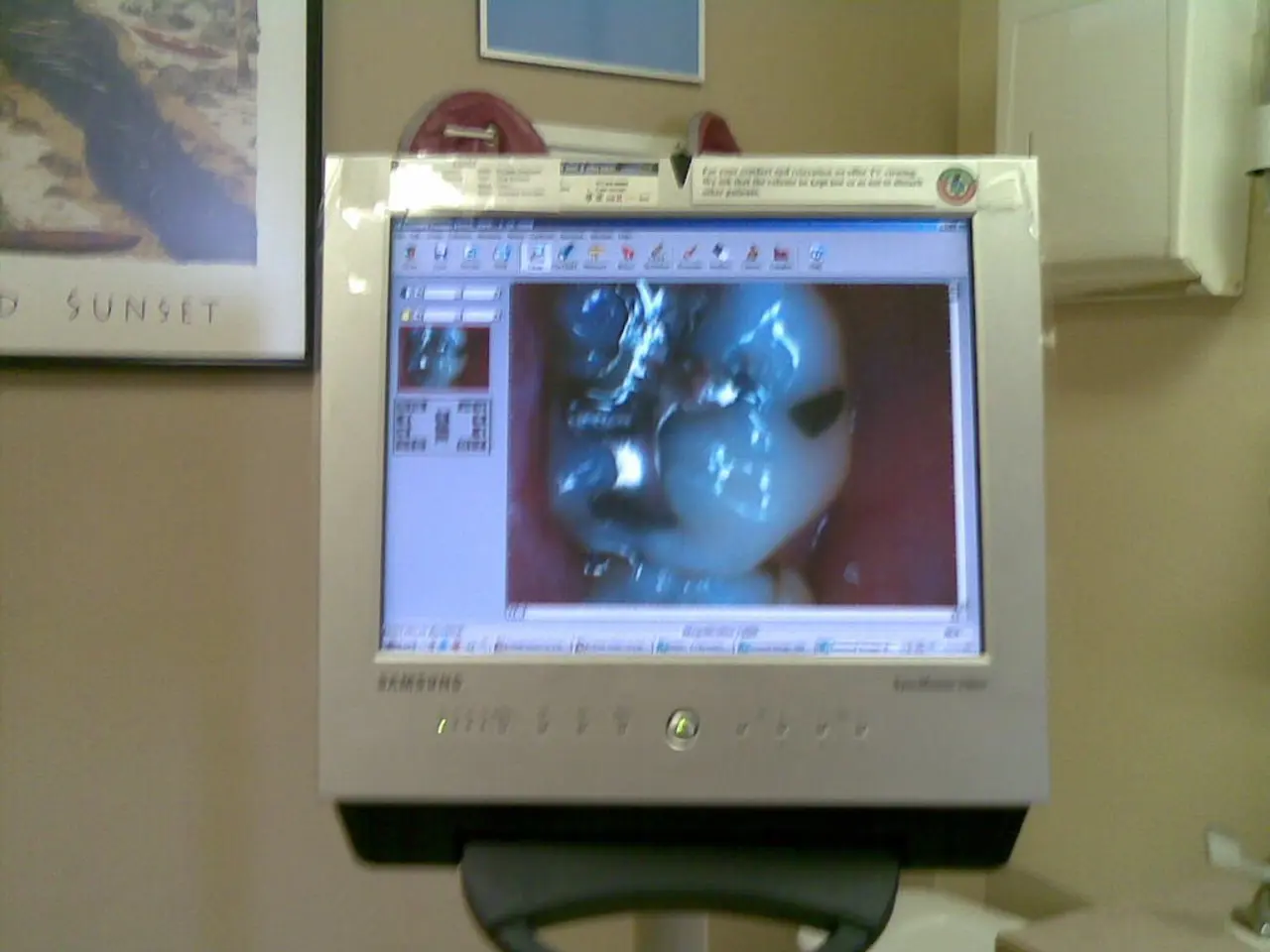Prioritizing Upkeep for Efficient Operation of Extensive Drone Systems
In the world of drone operations, maintenance is an essential aspect that ensures the safety and operational effectiveness of equipment. Managing large drone fleets, whether for public safety, critical infrastructure inspections, or security operations, requires a systematic approach to maintenance.
A key component in this approach is the utilisation of fleet management platforms, such as Airdata UAV, that offer automated flight log syncing, detailed analytics, and a host of other features. These tools provide real-time flight data review, flight playback, battery health monitoring, and inventory tracking for parts and equipment, facilitating proactive and accurate maintenance planning.
Predictive maintenance systems, which use data analytics and smart sensors to monitor battery health, flight performance, and equipment condition, are another crucial element. Machine learning algorithms can forecast potential failures, enabling preemptive repairs that reduce downtime and extend drone lifespan.
Cloud-based centralized dashboards integrate data from all drones, allowing fleet managers to remotely monitor operational status, maintenance needs, and compliance to safety protocols in real time. This supports efficient scheduling of routine and triggered maintenance.
Automated alerts and reporting modules ensure timely interventions by notifying managers of maintenance deadlines, abnormal drone behaviour, or sensor calibration drifts. Calibration and quality assurance tools, such as those integrated in advanced flight planning software, maintain high data quality and operational accuracy, especially important for specialized payloads like LiDAR sensors.
Vendor and service provider management modules help maintain technological currency and regulatory compliance across a large fleet by tracking certifications, service-level agreements, software updates, part replacements, and inspection schedules. Operator training and certification tracking are also crucial to ensure maintenance and flight operations are performed by qualified personnel.
Adherence to Standard Operating Procedures (SOPs) is essential for maintaining consistency and safety across large-scale drone operations. The platform offers a comprehensive maintenance feature for managing large drone and battery fleets, with the Training and Skills Module on the website allowing organizations to manage and track training programs.
The maintenance feature is designed to streamline the maintenance process, providing organizations with the tools they need to ensure that all assets are properly maintained and ready for deployment. The maintenance history is useful for identifying patterns and implementing preventive measures, and the platform provides a maintenance history for each asset, ensuring transparency and accountability.
Establishing regular maintenance schedules and workflows is critical for minimising unexpected failures, ensuring compliance with regulations, and protecting investments. Neglecting maintenance can lead to unexpected failures and incidents during critical operations.
Managing large fleets of drones and batteries introduces complexity that smaller operations don't face. However, the platform simplifies the process of creating, tracking, and managing maintenance workflows, making it easier for organisations to keep their fleet in peak condition. Frequent and comprehensive training is essential to ensure pilots and operators are up to date with the latest operational standards, safety procedures, and technology updates.
In summary, managing large drone fleets effectively requires an integrated approach combining automated data collection and analysis software, predictive maintenance algorithms, centralized cloud dashboards, automated alert systems, calibration tools, vendor/service management, and continuous operator training. These components together enhance safety, optimise operational efficiency, and prolong the service life of drone assets.
- Utilizing fleet management platforms, such as Airdata UAV, is a key component in ensuring the maintenance of large drone fleets, offering features like automated flight log syncing, battery health monitoring, and inventory tracking for parts and equipment.
- Predictive maintenance systems, incorporating data analytics, smart sensors, and machine learning algorithms, are crucial for monitoring battery health, flight performance, and equipment condition, enabling preemptive repairs and reducing downtime.
- Cloud-based centralized dashboards integrate data from all drones, allowing fleet managers to remotely monitor operational status, maintenance needs, and compliance to safety protocols in real time, supporting efficient scheduling of maintenance tasks.
- Automated alerts and reporting modules ensure timely interventions by notifying managers of maintenance deadlines, abnormal drone behavior, or sensor calibration drifts, while calibration and quality assurance tools maintain high data quality and operational accuracy.
- Vendor and service provider management modules help maintain technological currency and regulatory compliance by tracking certifications, service-level agreements, software updates, part replacements, and inspection schedules, and operator training and certification tracking are essential to ensure maintenance and flight operations are performed by qualified personnel.




